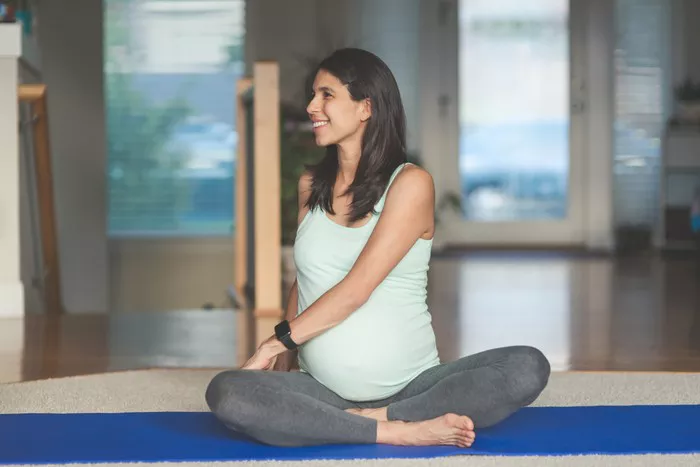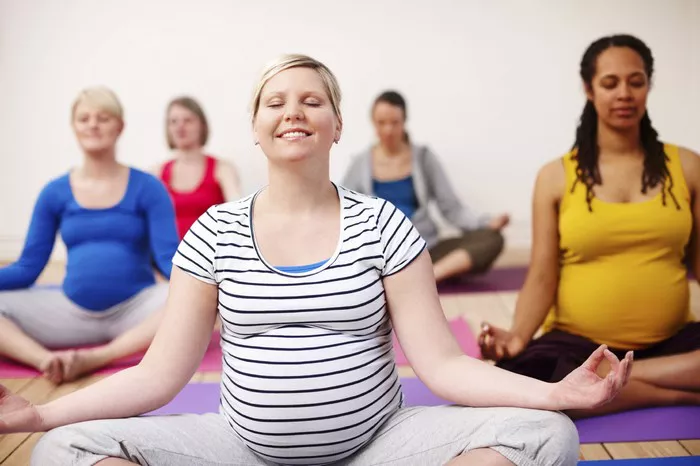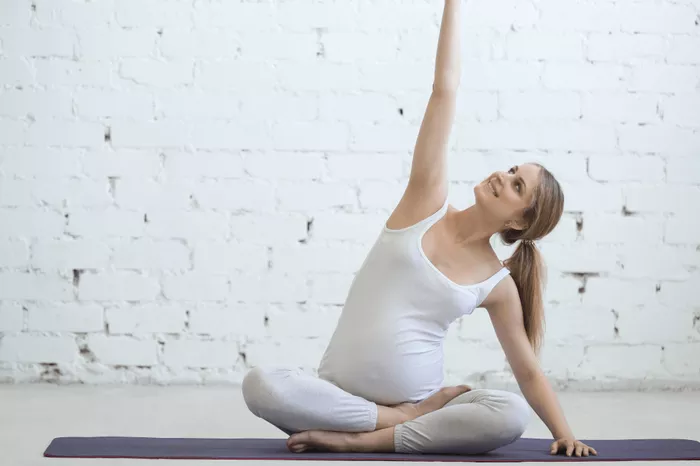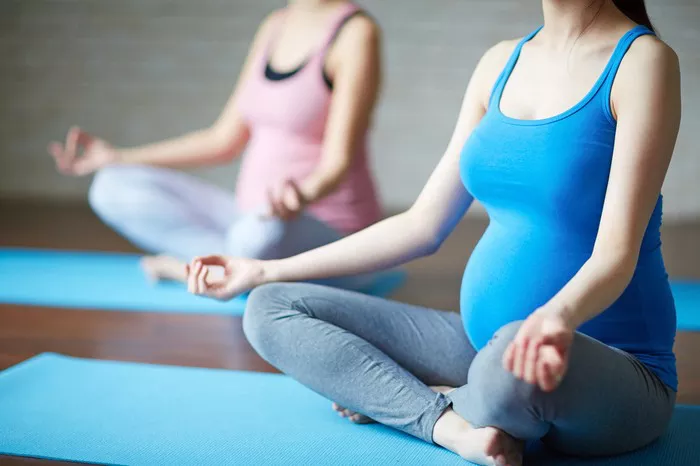Yoga twisting refers to a category of poses that incorporate rotational movement of the spine, typically involving the upper body rotating in opposition to the lower body. These poses range from gentle seated twists to more complex standing variations. Twisting poses are often included in yoga sequences to enhance flexibility, detoxify internal organs, and improve spinal mobility. Understanding how and why these movements affect the body is essential to maximizing their benefits and minimizing the risk of injury.
Benefits of Twisting Poses in Yoga
- Improved Spinal Mobility: Regularly practicing twisting poses can help maintain and even improve the spine’s range of motion. This is particularly beneficial as we age, helping to prevent stiffness and maintain overall functional movement.
- Stimulation of Digestive Organs: Twists are believed to gently massage the abdominal organs, aiding digestion and improving gut health. While the scientific evidence for this is still emerging, many practitioners report feeling lighter and more comfortable after a yoga session that includes twisting.
- Detoxification Support: Twisting is often associated with the concept of detoxification in yoga. The idea is that the compression and release of internal organs during twisting can stimulate circulation and support the body’s natural detox processes.
- Enhanced Posture and Alignment: Twisting strengthens the muscles along the spine and core, encouraging better posture. It helps correct imbalances caused by daily habits such as sitting at a desk or looking at screens.
- Stress Relief and Mental Clarity: Like many forms of yoga, twisting poses can calm the nervous system and improve focus. Deep, conscious breathing in these positions enhances relaxation and can lead to a more centered, peaceful state of mind.
Anatomy of a Twist: What Happens Internally?
When you twist, the vertebrae rotate relative to each other, particularly in the thoracic (mid-back) and cervical (neck) regions, which are more mobile than the lumbar spine (lower back). Muscles such as the obliques, multifidus, and erector spinae are actively engaged to control and support the movement. Proper alignment ensures that the twist is initiated through the spine rather than being forced through the hips or shoulders, reducing the risk of strain or injury.
In addition to muscle engagement, twisting affects internal organs. The gentle compression followed by release can enhance blood flow to the digestive tract and kidneys. Breathing deeply during a twist also promotes diaphragmatic movement, which helps regulate internal pressure and stimulate the parasympathetic nervous system.
Precautions and Contraindications
While twisting can be highly beneficial, it’s important to approach these poses with caution, especially for individuals with certain conditions.
- Back or Spine Issues: People with herniated discs, spinal stenosis, or severe scoliosis should consult a healthcare provider before attempting twisting poses. Twisting may exacerbate these conditions if done improperly.
- Pregnancy: During pregnancy, especially in the second and third trimesters, deep twisting can compress the uterus and should be avoided. Gentle, open twists can be modified with props under the guidance of a prenatal yoga instructor.
- Post-Surgery Recovery: Those recovering from abdominal or spinal surgery should avoid twists until cleared by a physician.
- Osteoporosis: Twisting movements can be risky for individuals with weakened bones. Careful modification and supervision are essential.
Always prioritize alignment over depth and listen to your body’s signals. A twist should never cause sharp pain, tingling, or numbness.
How to Perform Twisting Poses Safely
- Warm-Up: Begin your practice with gentle spinal movements, such as cat-cow stretches and gentle forward folds, to prepare your back for deeper twists.
- Initiate from the Spine: Always start the twist from the base of the spine and move upward. This ensures that each vertebra rotates gradually without overloading any specific section.
- Use Your Breath: Inhale to lengthen the spine, and exhale to deepen the twist. This method creates space between the vertebrae, reducing compression and enhancing the twist’s effectiveness.
- Engage the Core: Activating your core muscles supports your lower back and keeps the movement controlled.
- Avoid Forcing the Pose: Twists should feel stable and comfortable. Over-rotating can lead to strain or injury, especially in the neck and lower back.
- Modify with Props: Yoga blocks, bolsters, and straps can help you find a safer range of motion. These tools are especially useful for beginners or individuals with limited flexibility.
Popular Yoga Twisting Poses
Here are some widely practiced twisting poses and their respective benefits:
- Seated Spinal Twist (Ardha Matsyendrasana): Enhances spinal flexibility and massages abdominal organs.
- Revolved Triangle Pose (Parivrtta Trikonasana): Strengthens legs and core while providing a deep spinal twist.
- Supine Twist (Supta Matsyendrasana): A gentle, restorative twist that relaxes the lower back and aids digestion.
- Revolved Chair Pose (Parivrtta Utkatasana): Builds strength and stability in the legs while detoxifying the internal organs.
Each of these poses can be modified to suit your level, and their effects can be amplified when integrated into a well-rounded yoga practice.
Expert Tips for Maximizing the Benefits of Twisting
- Consistency Is Key: Include twisting poses in your routine regularly to experience cumulative benefits.
- Focus on Form: Always prioritize proper alignment and technique over reaching the deepest expression of a pose.
- Combine with Other Movements: Pair twists with forward bends, backbends, and lateral stretches for a balanced practice.
- Incorporate Mindfulness: Twisting is not just physical; it can also be a tool for introspection. Use these poses to connect with your breath and inner state.
- Consult Professionals: If you’re unsure about your form or have specific health concerns, work with a certified yoga instructor or physical therapist.
Scientific Perspectives on Twisting
While yoga has traditionally emphasized the energetic and detoxifying aspects of twisting, modern science provides insights into the biomechanical and physiological impacts. Research suggests that spinal rotation, when performed safely, enhances proprioception and spinal stability. Additionally, deep breathing associated with twisting poses has been linked to improved vagal tone and reduced stress levels.
However, more clinical studies are needed to conclusively determine the effects on organ function and detoxification. That said, subjective reports from yoga practitioners continue to support the mental and physical benefits of incorporating twists into a regular practice.
Integrating Twists into Daily Life
You don’t need to be on a yoga mat to enjoy the benefits of twisting. Simple actions like turning to reach for something, twisting while seated in a chair, or stretching after waking up all involve spinal rotation. Being mindful of posture and spinal alignment during these daily movements can reinforce the benefits of a yoga practice.
Creating a home practice that includes a few basic twists can also be highly effective. Even five to ten minutes of gentle twisting each day can promote better mobility and reduce tension in the back and shoulders.
Conclusion
Twisting poses in yoga offer a variety of benefits, from improved spinal mobility and digestion to enhanced mental clarity and posture. However, they must be approached with mindfulness and attention to anatomical principles. With proper technique, consistent practice, and personalized modifications, twists can be a safe and enriching part of your yoga journey.
Whether you are a beginner exploring the fundamentals or an experienced practitioner deepening your practice, incorporating twists into your routine can bring lasting benefits to both body and mind. Always listen to your body, practice safely, and enjoy the powerful transformation that mindful movement can bring.
Related Topics:


















